How can you save our oceans?
As tomorrow is World ocean day it is important to know how we can help create a healthy ocean. Since the sea temperature is rising causing coral bleaching and plastic pollution is worse than ever causing marine animals to suffer, we need to do our bit for the environment.
Eat fish seasonally
You don’t have to give up eating fish altogether however to help with overfishing and help certain species avoid extinction, check when certain fish are in season. The marine conservation society has a sustainability guide, green rated [1 to 2] most sustainable to red rate least sustainable [4 to 5].
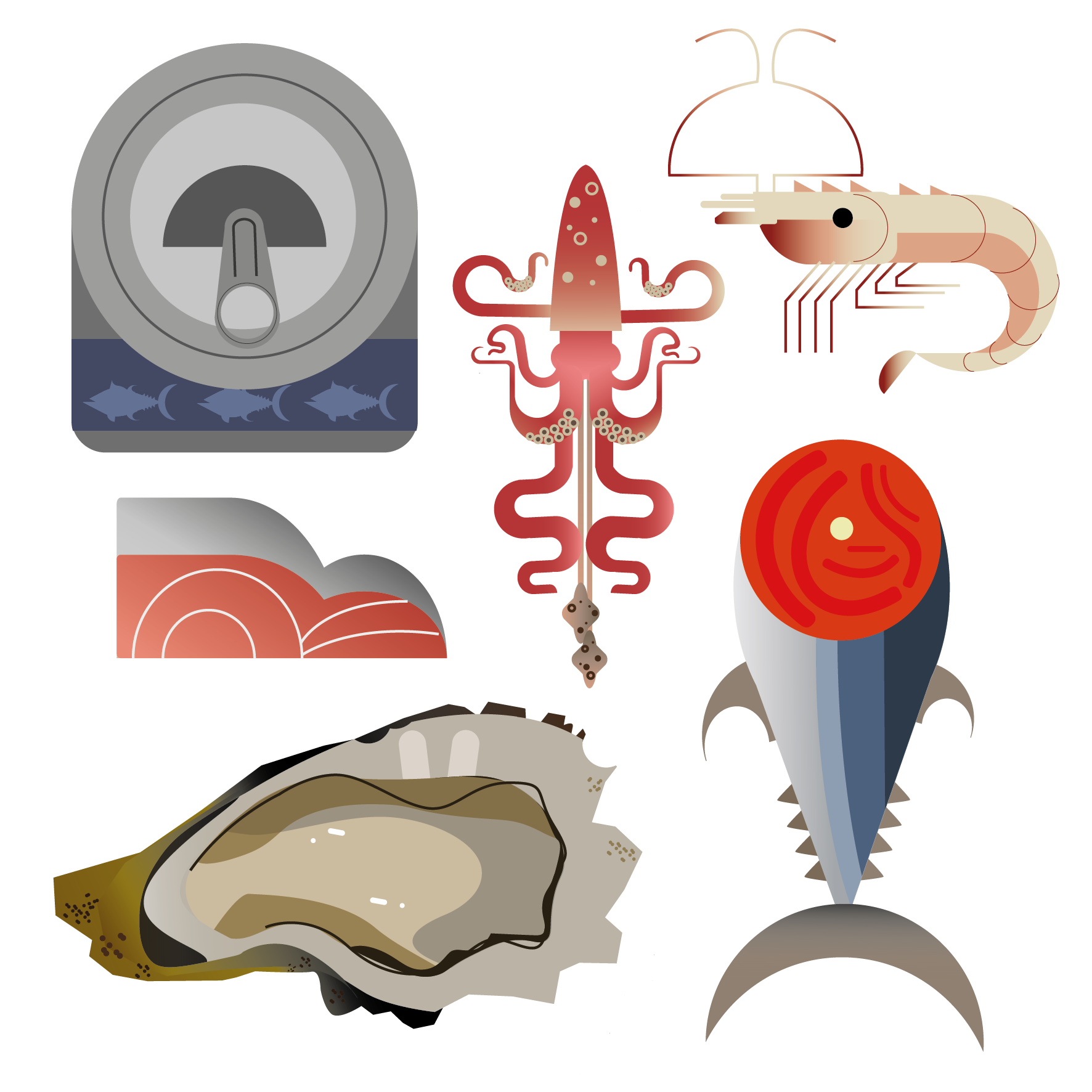 For instance;
For instance;
Alaska pollock – 1,2,3,4,5
Mackerel – 2
Atlantic Cod – 1,2,3,4,5
King Prawns -1,2,3,4,5
Brown Crab – 2,3,4
Albacore Tuna – 1,2,3,4
Humpback Salmon – 1,2
European Lobster – 2,3,4
Atlantic Squid – 3
Swordfish – 2,3,4,5
Pacific Halibut – 2
Oysters native, farmed – 1
Overfishing
You might have heard people say to be more sustainable cut-down meat and eat fish instead. However, if you aren’t eating sustainable fish this could be more damaging for our oceans. Catching fish isn’t inherently bad for the ocean but when boats catch fish faster than they can replenish this results in overfishing.
Another problem is the Bycatch. Which is the capture of unwanted sea life when fishing for other species. This is a serious marine threat as many unwanted species die, for instance, sea turtles. Many people who make a living through fishing are working to improve how they Catch the fish and conserve the ocean’s resources. To find out more visit the WWF.
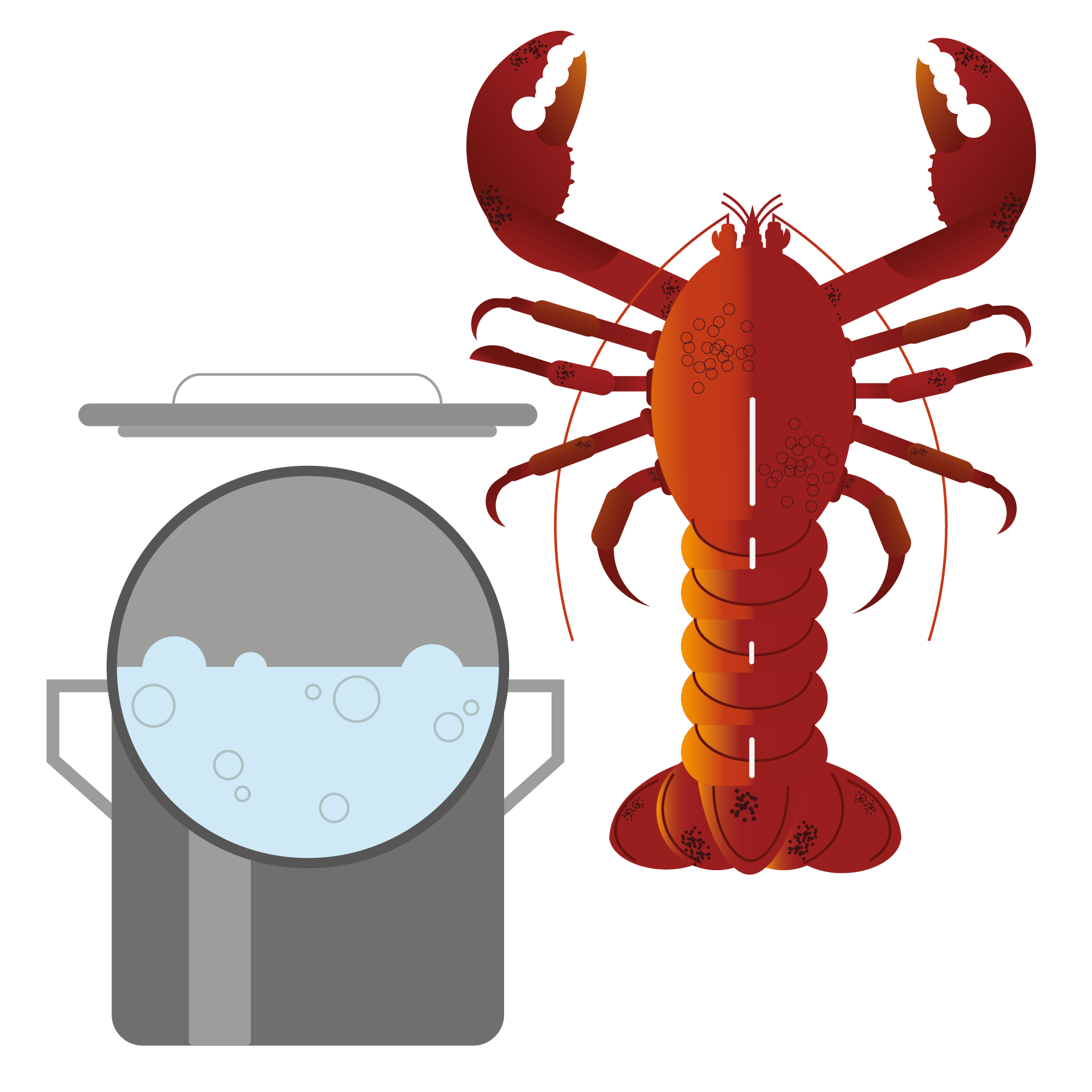 How to BBQ fish
How to BBQ fish
If you do plan on cooking fish this summer here are some tips! Why not use Firemizer to get your BBQ to cooking temperature 20% faster!
1. Prepare the BBQ and clean
To make sure the fish doesn’t stick to the grill make sure you clean the BBQ as the fish will stick to anything you last cooked on it. Oil the grate as this will lubricate the BBQ so the fish won’t stick. Wipe until the grate is glossy.
2. Heat the grill high heat
You want the BBQ to be very hot as this will stop the fish from sticking. If you are using charcoal wait until the charcoal turns grey which indicates it nice and hot
3. Choosing the right fish
salmon, tuna, halibut and swordfish are some of the best to BBQ as these aren’t too flaky and shouldn’t fall apart. You want to use a steak like textured fish as they will hold up to high heat.
4. Prep the fish and cooking
Using any oils and cooking spices to your preferred taste. Place the fillets on the skin side down as this will help the fish hold together. It takes roughly around 3 to 5 minutes per side to cook.
5. Flip the fish and plate up
Use a metal spatula to flip the fish. Once cooked place on a plate and the fish should easily flake when poked with a fork and will be opaque all the way through.
It’s not all doom and gloom
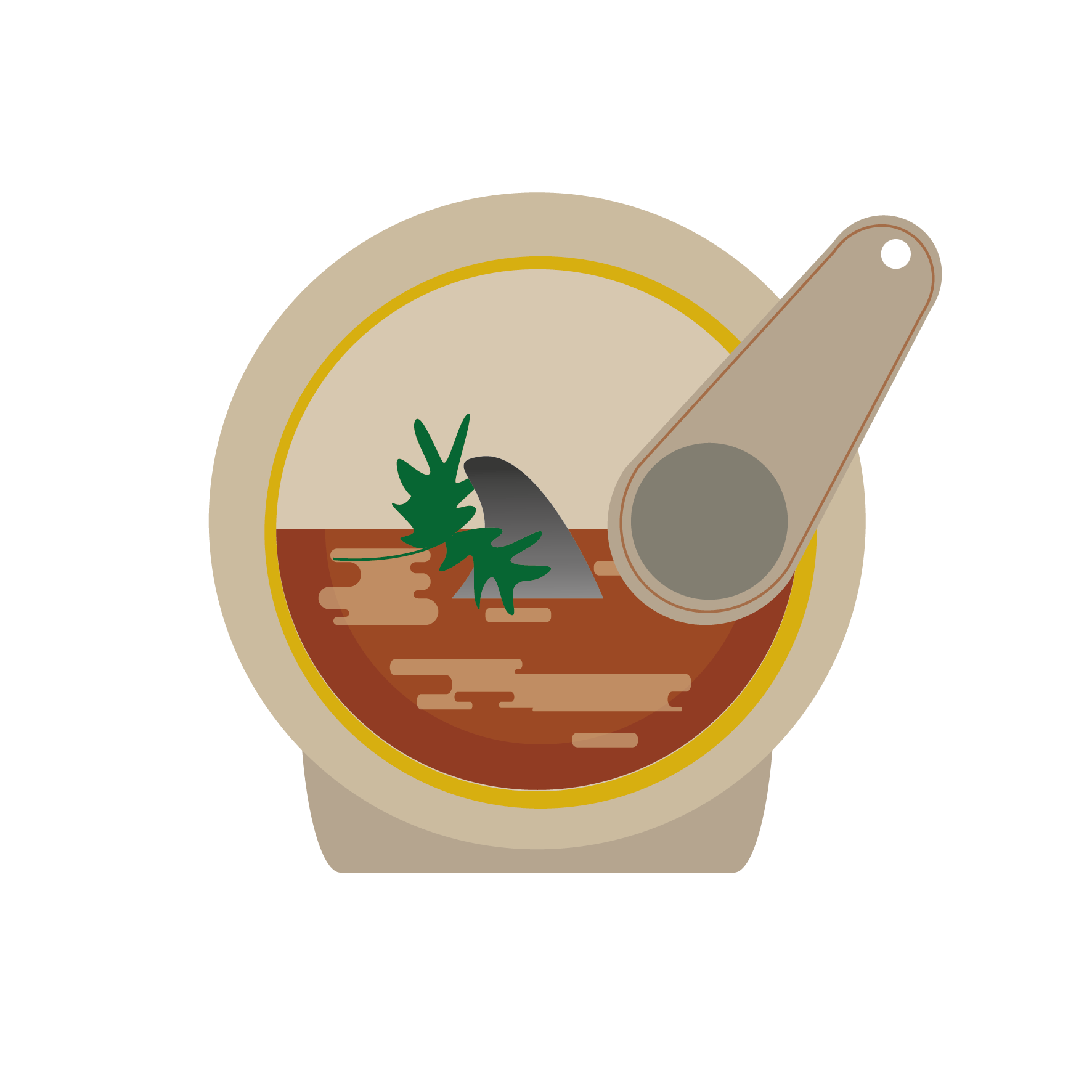 Sometimes it is hard to see how the small things you do will make a difference so here are some positives;
Sometimes it is hard to see how the small things you do will make a difference so here are some positives;
- Deliveroo signed the ‘no shark fin’ pledge. This commits to removing ant shark-related products form restaurant menus on the platform.
- Indonesia pledges $1 billion to clean up the ocean
- In 2017 new Delhi banned all disposable plastic including plastic bags, cups and cutlery.
- Sea turtles are making a huge comeback, increasing their populations by 980% thanks to the endangered species act.
- The billion oyster project uses oyster shells to clean the polluted New York harbour. Oysters are natural purifiers and can cleanse 50 gallons of water per day. The group has restored 30 million oysters to the local waters but that is only a fraction of what was once there.
 Everyone loves a BBQ, the smell of the food cooking and enjoying a nice evening in the garden. If you want some BBQ inspiration check out our blog on BBQs around the world!
Everyone loves a BBQ, the smell of the food cooking and enjoying a nice evening in the garden. If you want some BBQ inspiration check out our blog on BBQs around the world! 

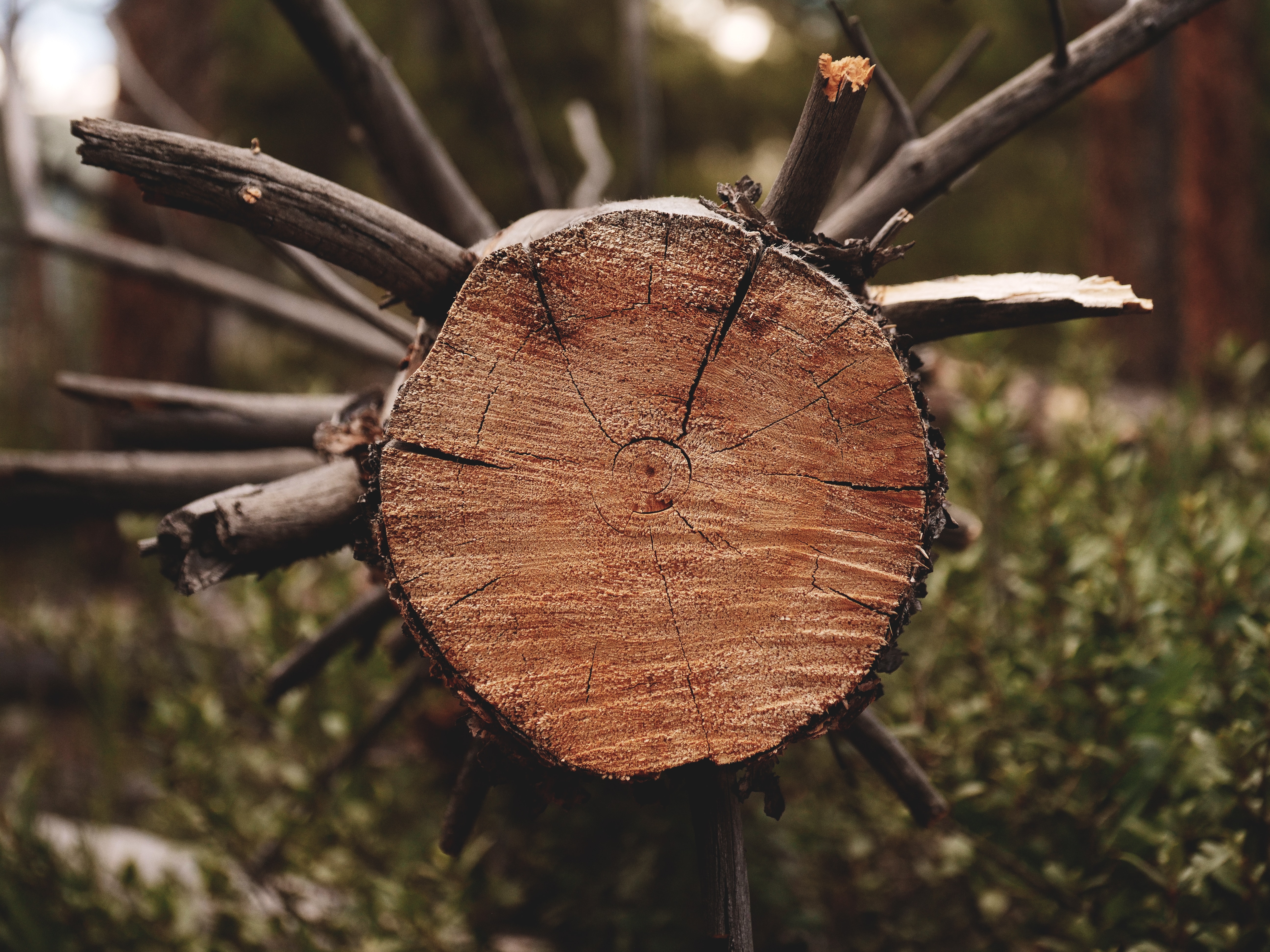
 Insect Prevention
Insect Prevention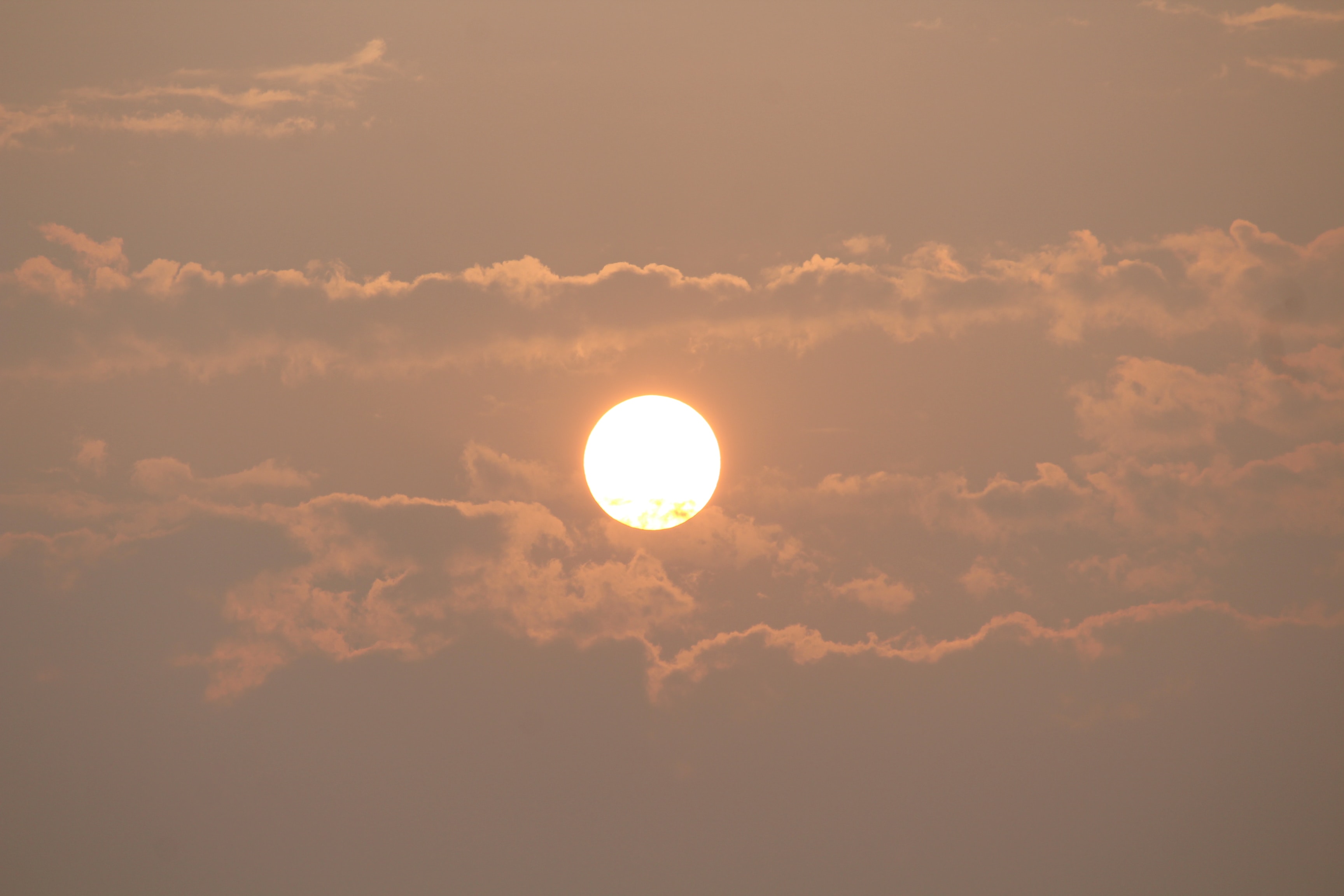
 What would happen if the planet was 2 degrees hotter?
What would happen if the planet was 2 degrees hotter? 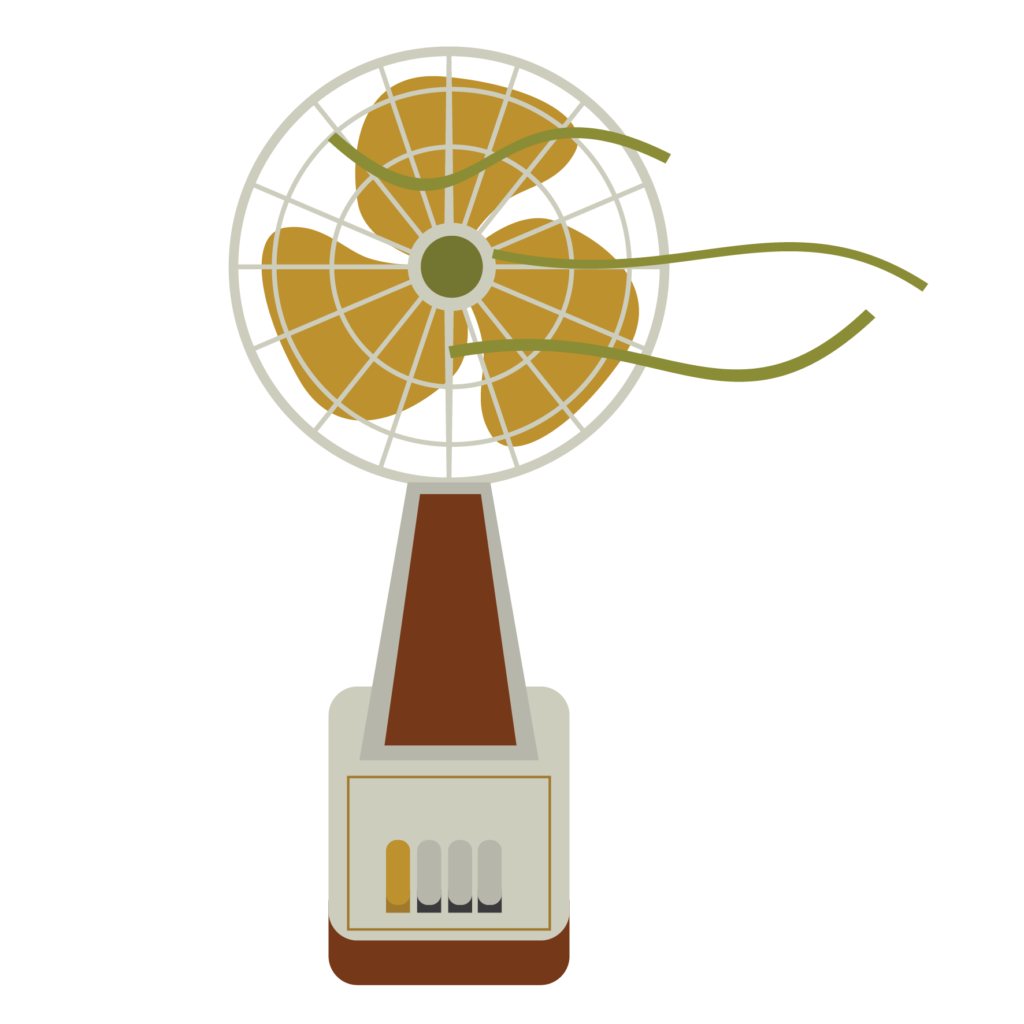 Your body will try and keep a core temperature of 37 degrees and only gets hotter or colder when you are ill.
Your body will try and keep a core temperature of 37 degrees and only gets hotter or colder when you are ill. 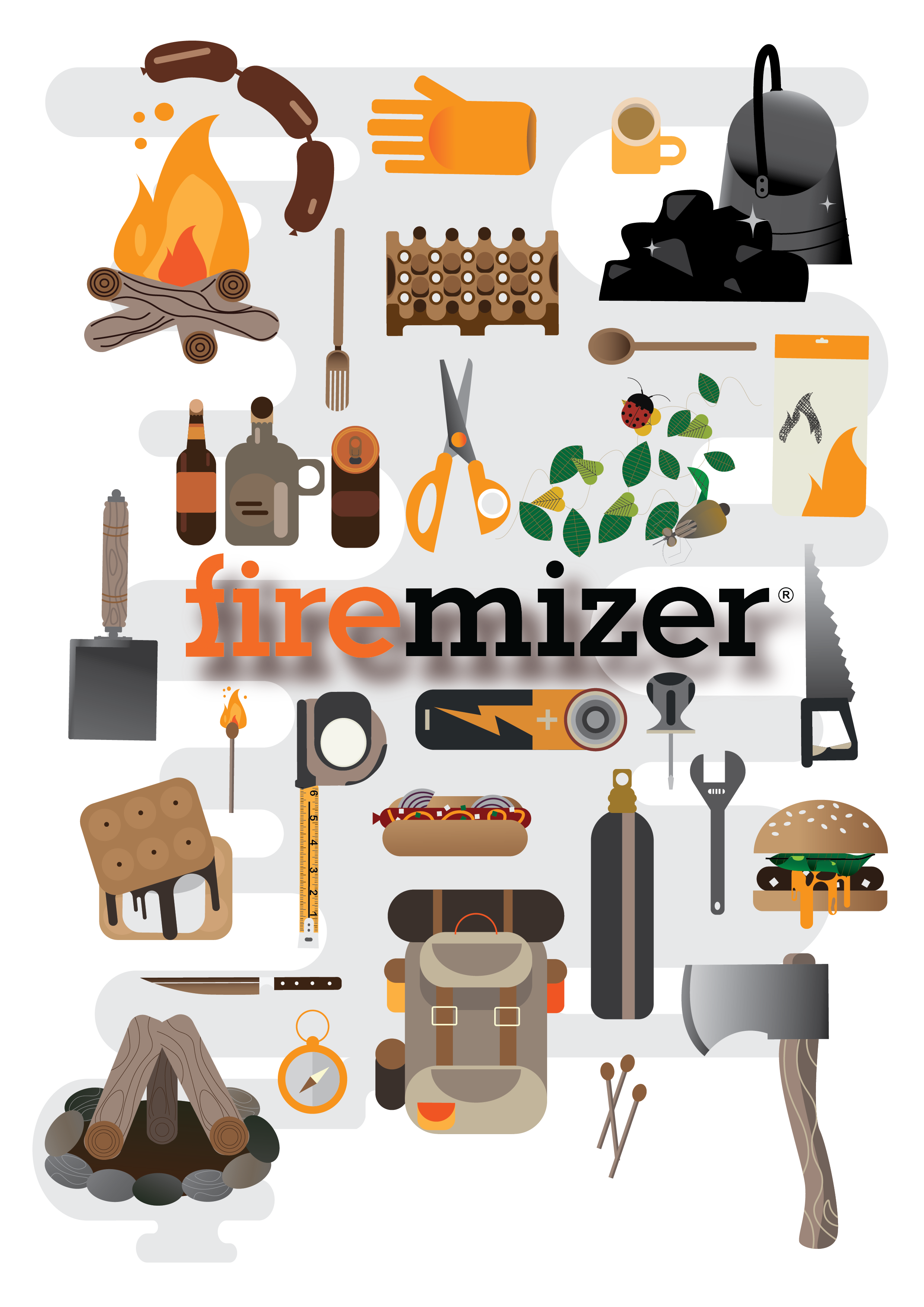
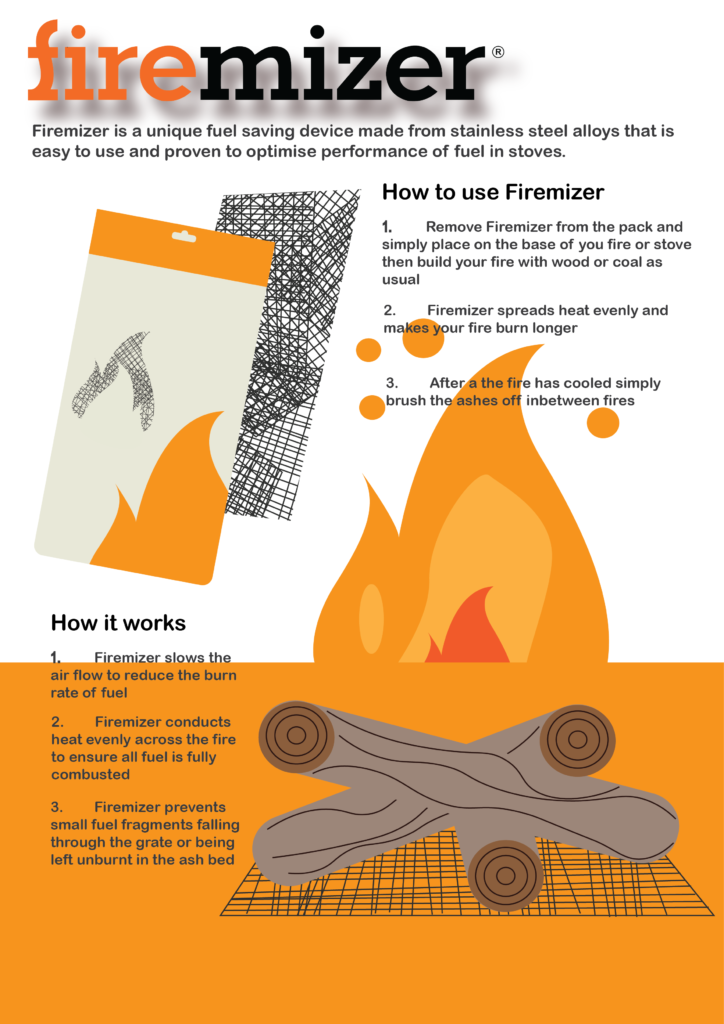
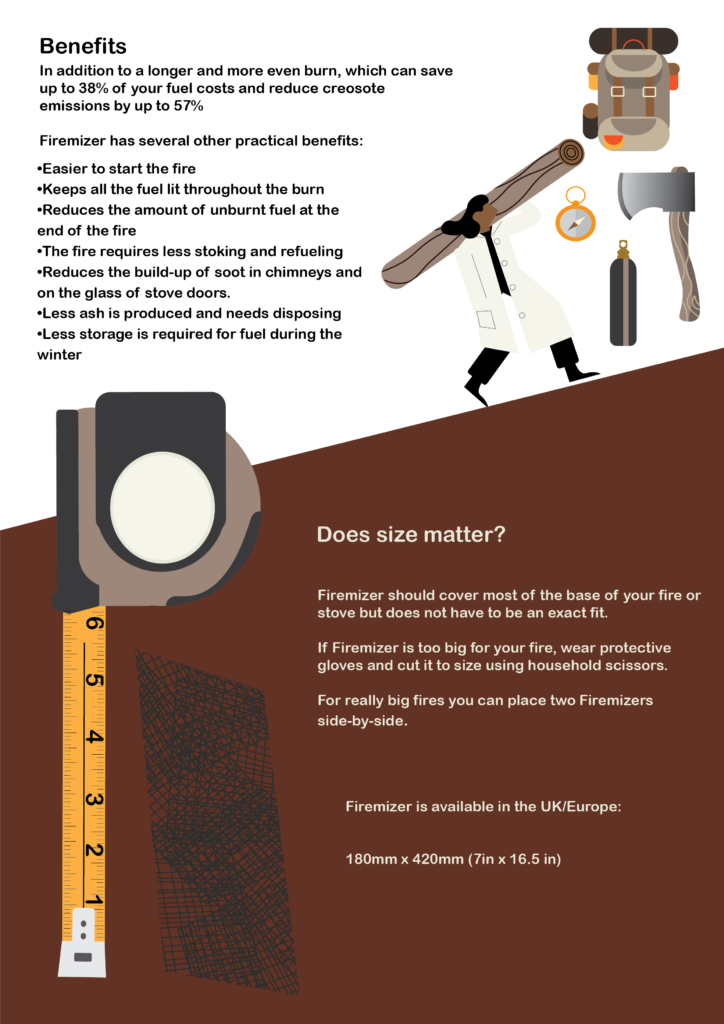
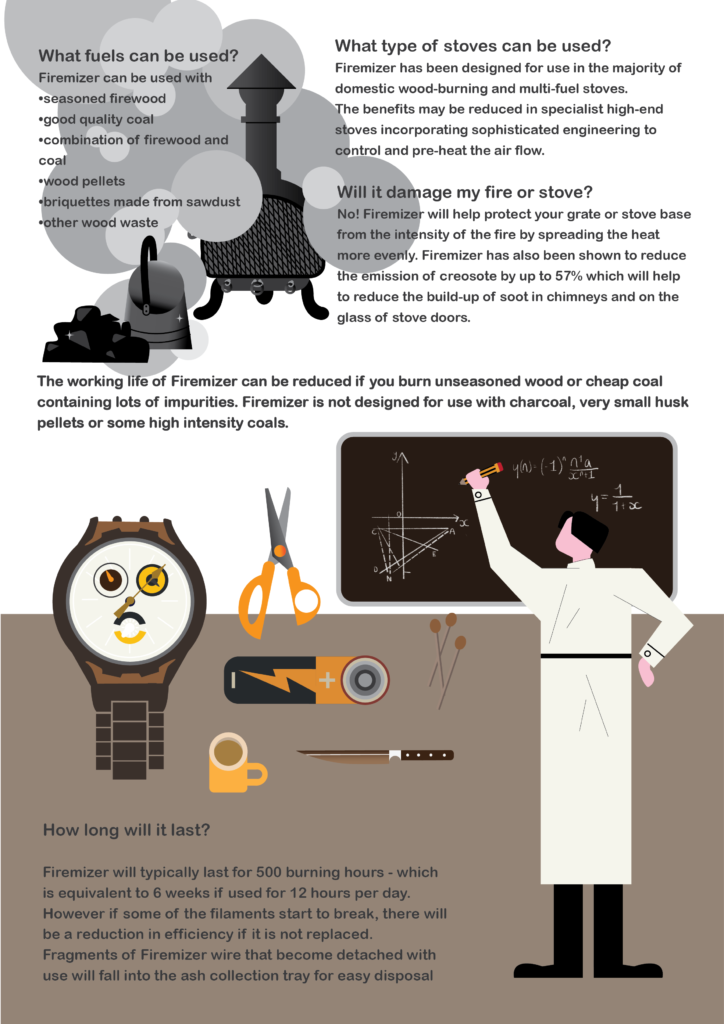
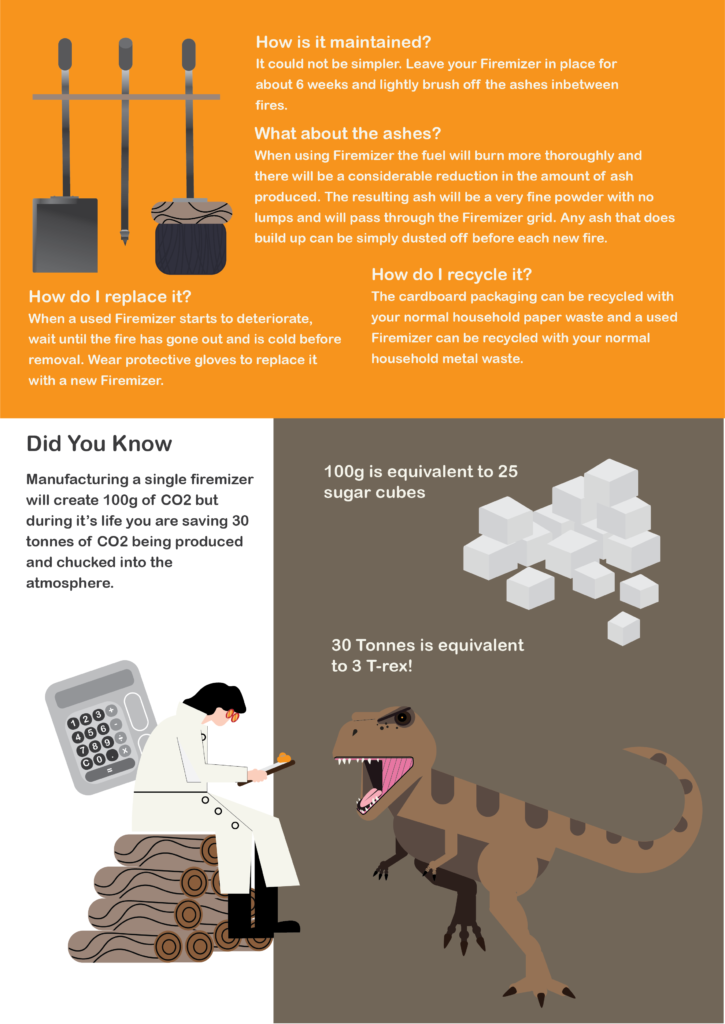
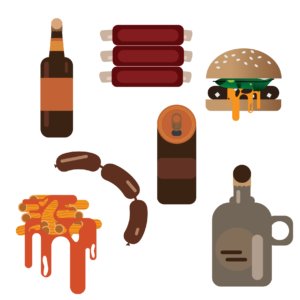 Clean
Clean  Grilling Meats
Grilling Meats 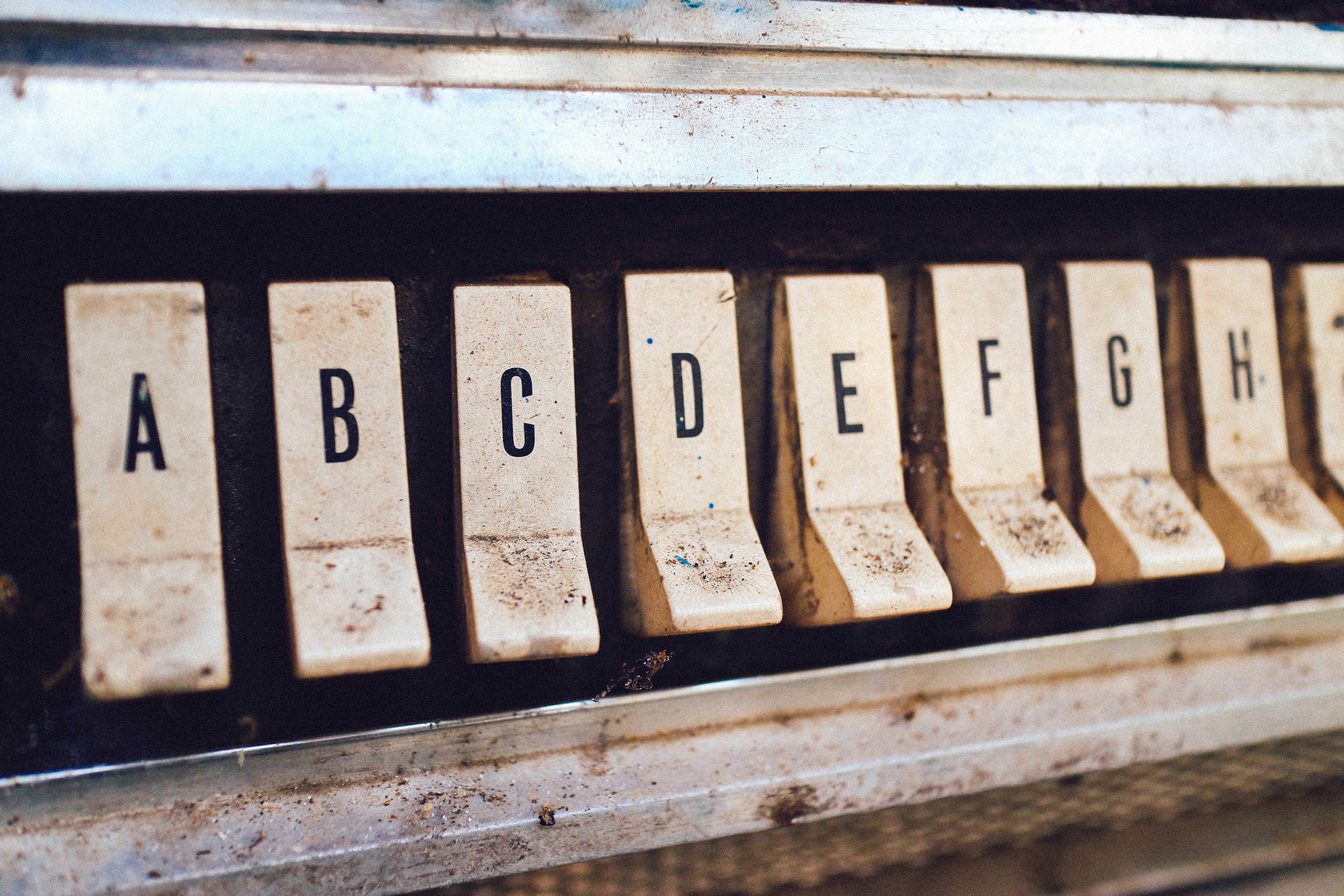
 A is for Axe. Did you know axe throwing is becoming a popular sport!
A is for Axe. Did you know axe throwing is becoming a popular sport! D is for Dirt. Did you know that wood ash a perfect for sprinkling across your garden to ward away those creepy crawlies?
D is for Dirt. Did you know that wood ash a perfect for sprinkling across your garden to ward away those creepy crawlies? G is for Gloves. When using
G is for Gloves. When using  J is for Jalapeno
J is for Jalapeno N is for Night
N is for Night R is for Retardant. This is used to slow or stop the spread of fire, this is commonly used for forest fires.
R is for Retardant. This is used to slow or stop the spread of fire, this is commonly used for forest fires. U is for Unseasoned Wood. To make sure you’re burning as efficient as possible only use seasoned wood.
U is for Unseasoned Wood. To make sure you’re burning as efficient as possible only use seasoned wood. X is for Xylopolist. This is a fancy word for a timber merchant. Find out more words
X is for Xylopolist. This is a fancy word for a timber merchant. Find out more words 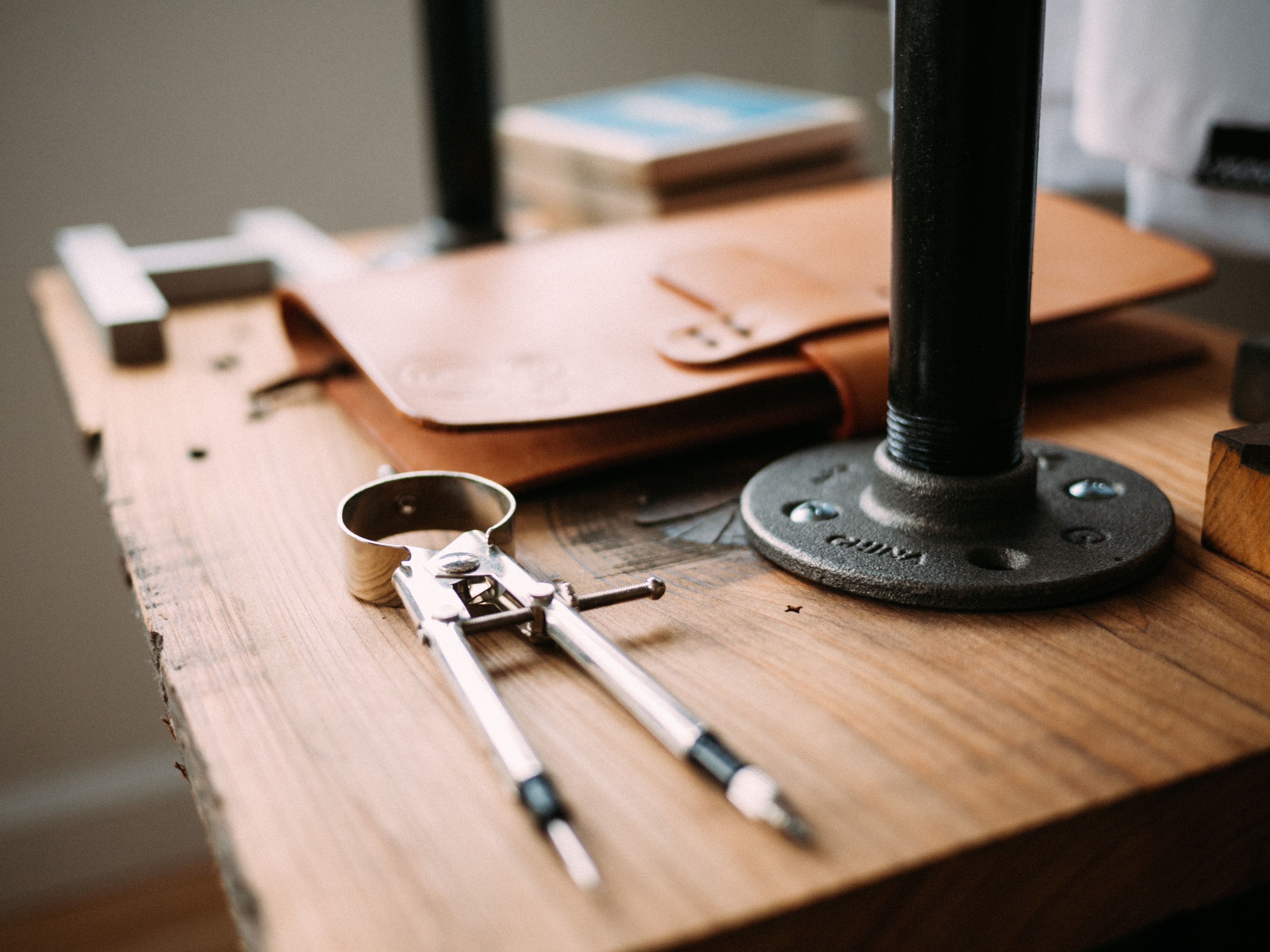
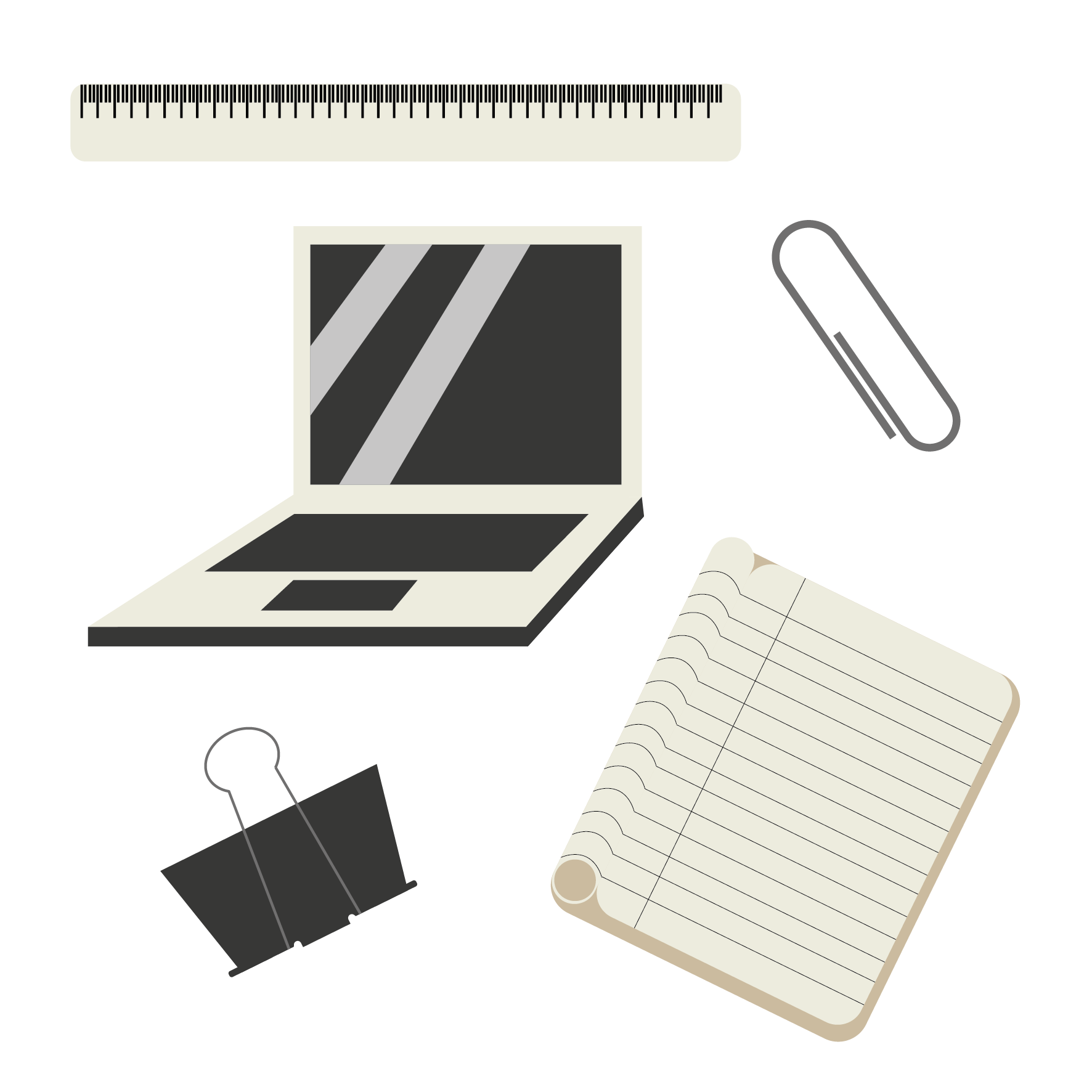

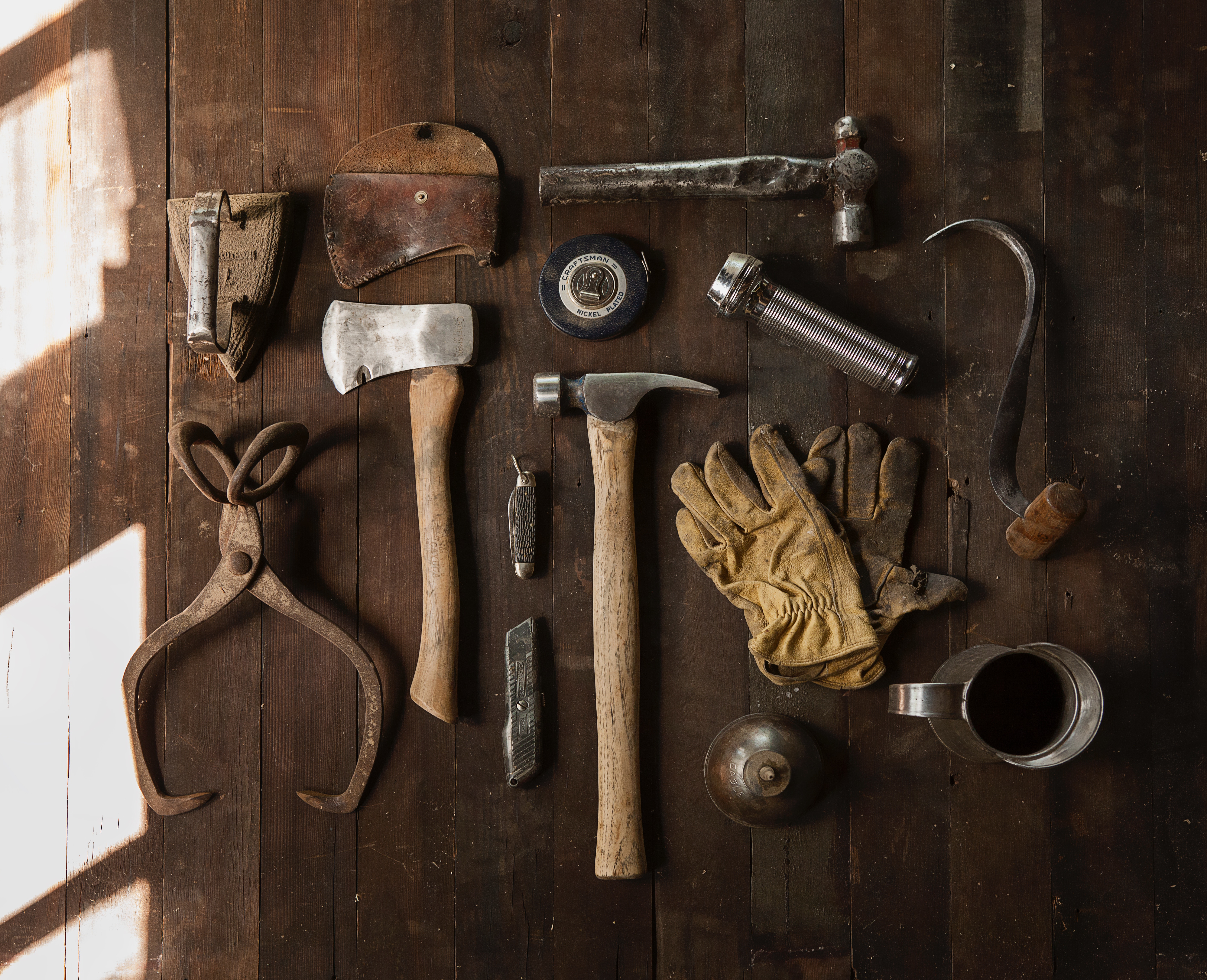
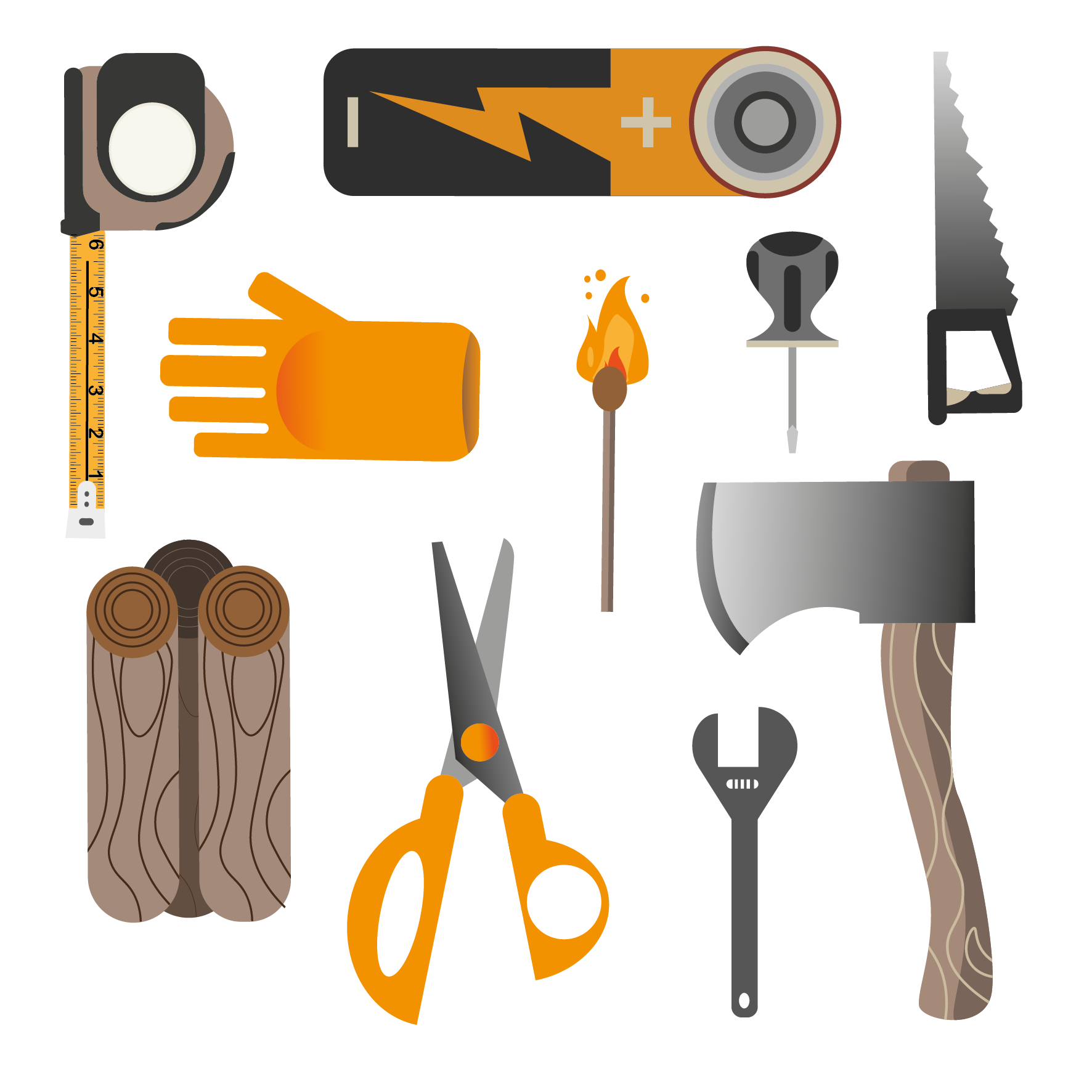 Did you know that father’s day was created by an American woman who wanted to honour her father. He was a soldier and raised six children as a single parent.
Did you know that father’s day was created by an American woman who wanted to honour her father. He was a soldier and raised six children as a single parent.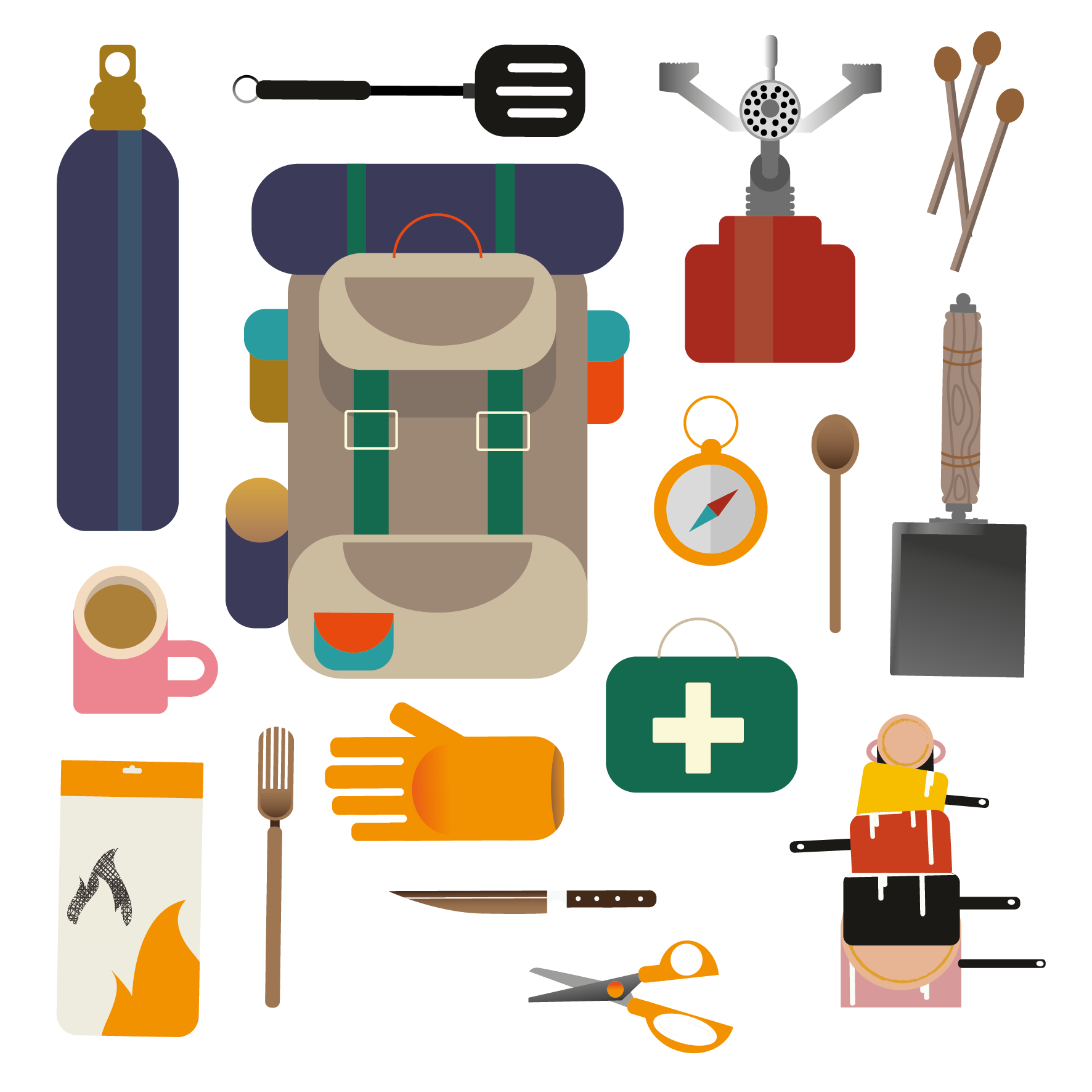 If you are stumped for what to do this Sunday, have no fear as we have 3 ways to spend father’s day!
If you are stumped for what to do this Sunday, have no fear as we have 3 ways to spend father’s day!
 For instance;
For instance; How to BBQ fish
How to BBQ fish Sometimes it is hard to see how the small things you do will make a difference so here are some positives;
Sometimes it is hard to see how the small things you do will make a difference so here are some positives;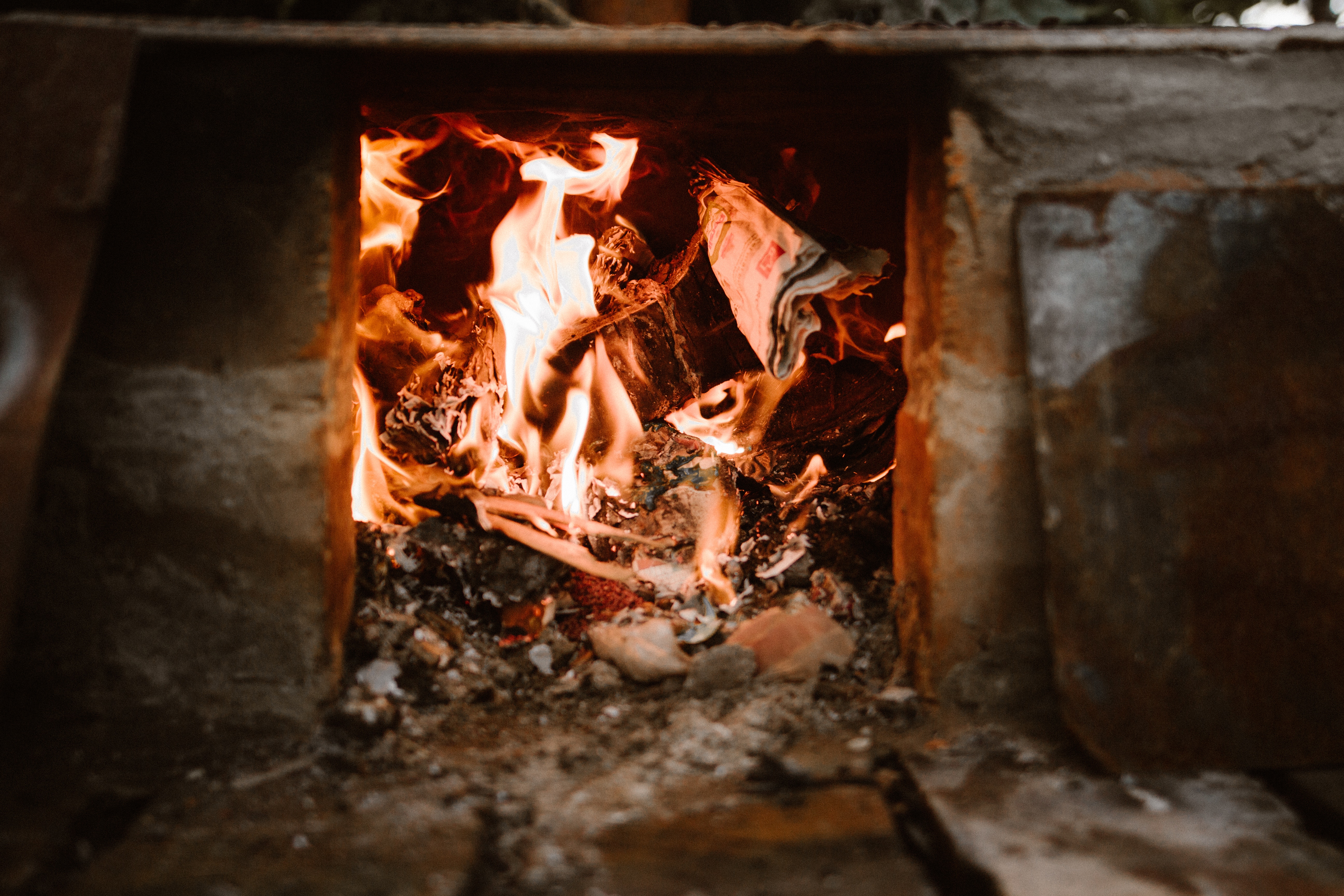
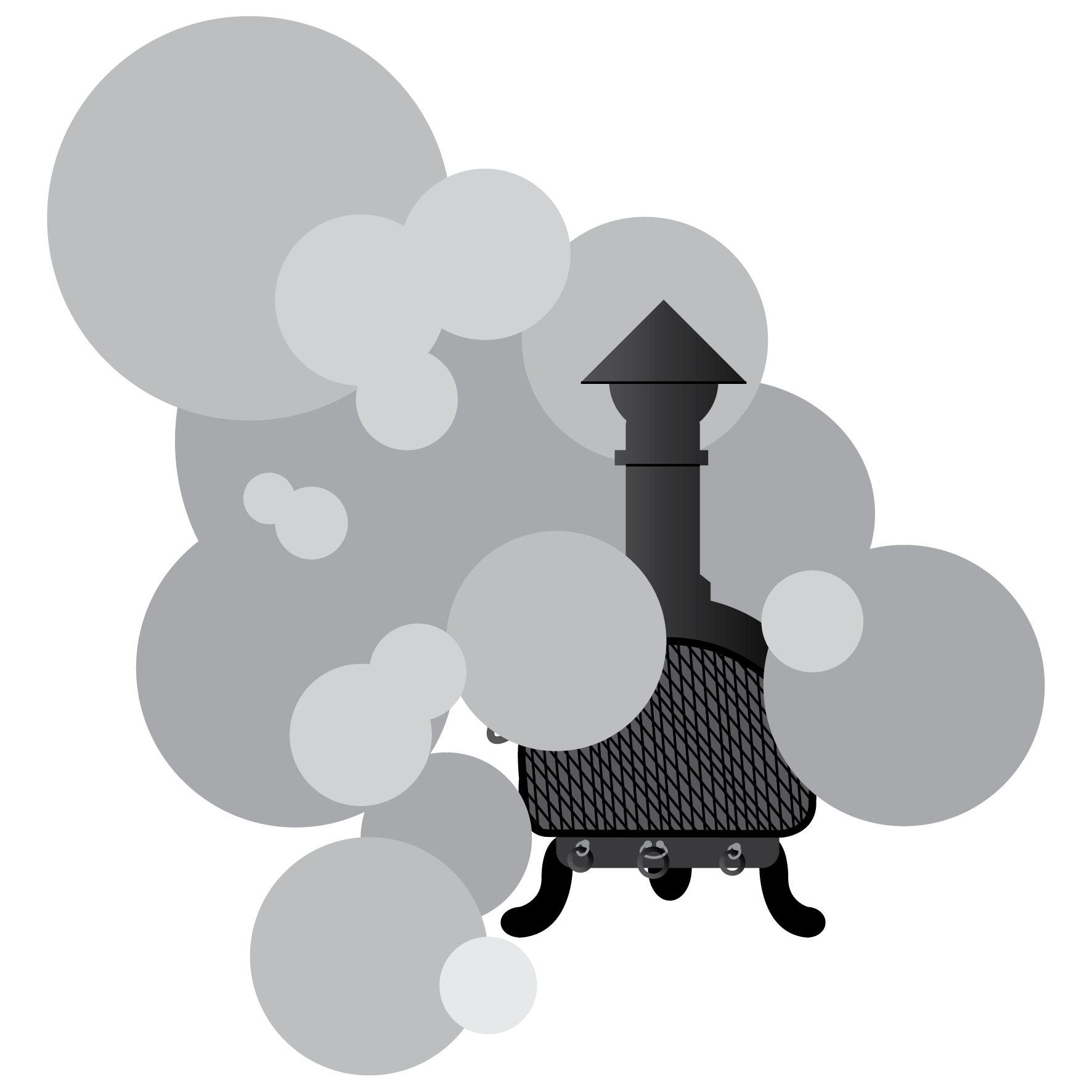 Stove flue doesn’t need to be swept
Stove flue doesn’t need to be swept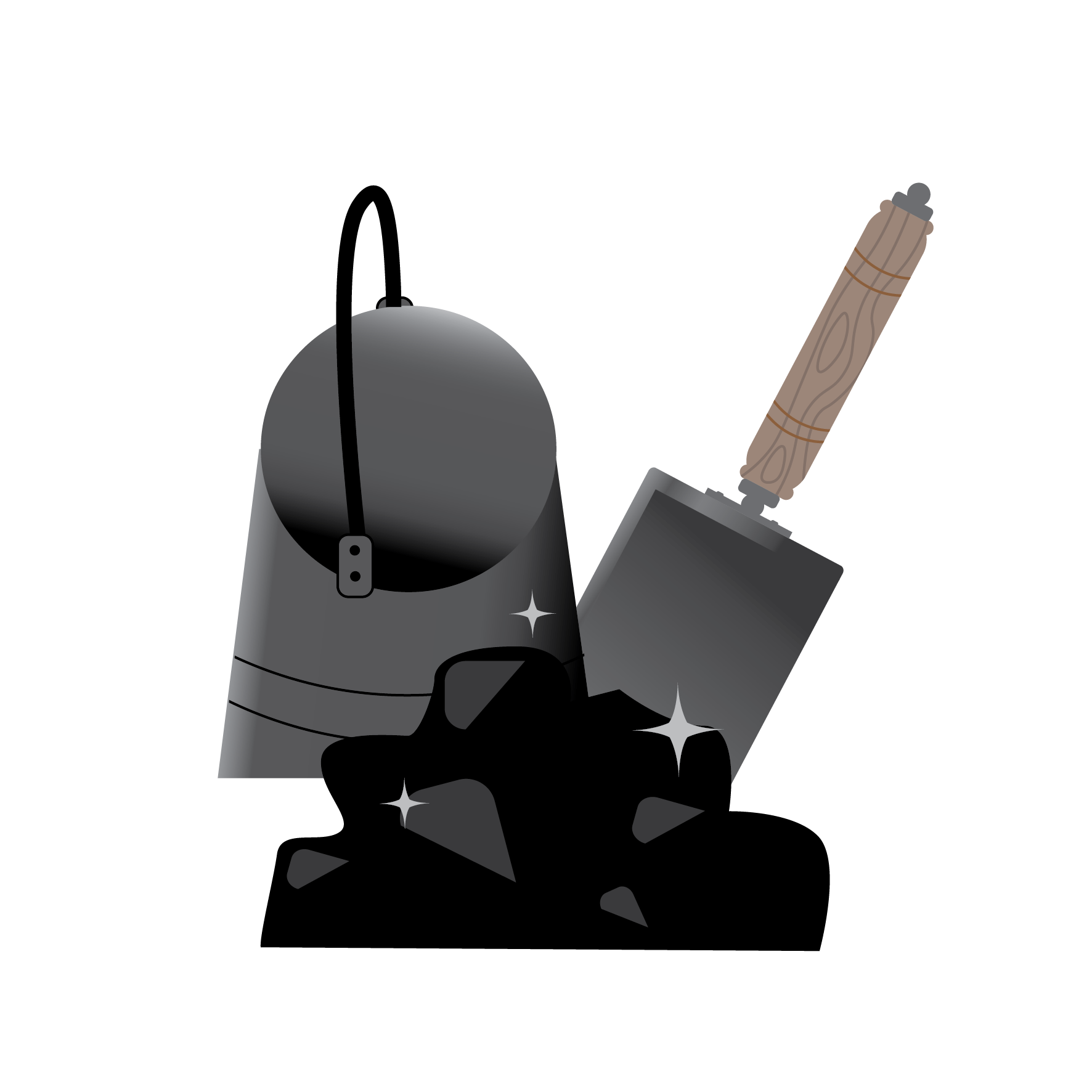 I can burn anything on my stove
I can burn anything on my stove